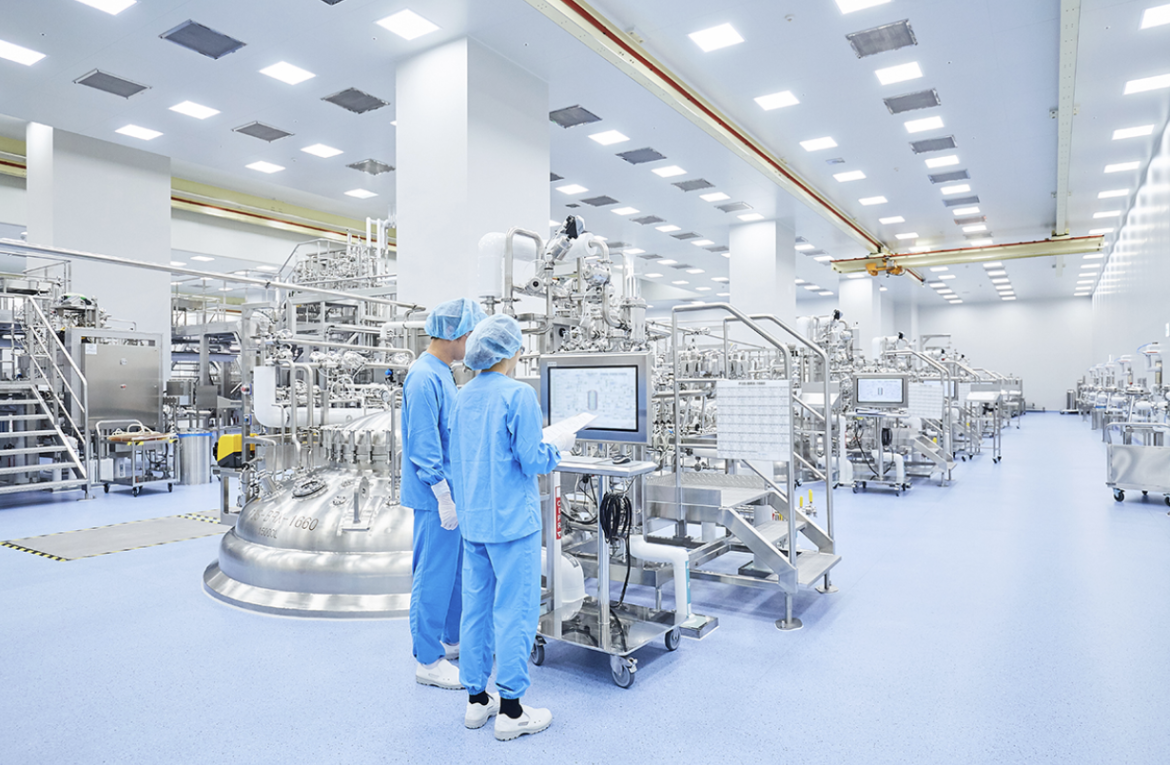Cell line development involves the creation and modification of cell cultures to produce substances like antibodies or vaccines. It’s a critical step in biopharmaceutical production and a cornerstone of any contract development and manufacturing organization’s (CDMO) development platform. The ultimate goal is to develop cell lines that are stable, high-yielding, and consistent.
The technology has a relatively short history, with the first important developments of cell lines for therapeutic and research applications beginning to take off in the 1950s. For many years it was a time-intensive and intricate process, fraught with trial and error. However, recent advances in technology have streamlined it significantly. Here, we explore some of those innovations, and how they’re shaping the future of biopharmaceutical development and manufacturing.
Cell Line Development: The Basics
First, it’s vital to understand the basics of how cell line development works — and specifically, how it’s used in biomanufacturing.
The process begins with the selection of a suitable host cell, commonly Chinese hamster ovary cells. CHOs are preferred for their malleability when edited in the lab and their ability to make humanlike proteins. These cells aren’t taken from living organisms; rather, they’re drawn from preexisting cell lines and cloned in the lab.
Once a host is selected, the next step involves introducing a gene of interest into the cell. This is where precision and expertise come into play, as the introduced gene needs to integrate into the host cell’s DNA, leading to the production of the desired protein, which in most cases is some type of antibody. Post-integration, cells are screened for high productivity and stability, ensuring that the line can produce the protein reliably and in sufficient quantities at scale.
This meticulous process sets the stage for producing vital biopharmaceuticals, ranging from insulin to monoclonal or bispecific antibodies used in cancer therapy.
Innovative Cell Line Technologies
In recent years, we’ve witnessed a surge in groundbreaking technologies reshaping cell line development. These advancements aim to enhance the speed, efficiency, and quality of cell line generation.
One notable innovation is the use of automation and high-throughput screening methods. These technologies allow for the rapid analysis of thousands of cells to identify the most promising candidates. This level of automation not only speeds up the process, but also enhances reproducibility and accuracy. The goal is to balance speed with precision to avoid the need to make costly or time-consuming adjustments later on in the development process.
“While speed to market remains critical for nearly all activities, the industry is increasingly focused on maximizing the effectiveness of early-stage candidate assessments to predict a given molecule’s chances of success prior to investing heavily in that molecule,” wrote Derrick Katayama and Heonchang Lim, scientists heading CDMO Samsung Biologics’ formulation department, in a recent white paper.
“An early-stage assessment tool can mitigate development risk and help minimize scale-up risk by facilitating the identification of potential issues — as well as informing the development of strategies to address them — before those issues become major problems. This process also is conducive to developing a more effective drug product.”
Another advancement is CRISPR/Cas9 gene editing. This revolutionary technique allows for precise modifications of the host cell’s genome, enabling the creation of cell lines with optimized characteristics for protein production. These tools can facilitate the design of cells with enhanced capabilities, such as improved resistance to stress or the ability to produce complex proteins more efficiently.
The Role of CDMOs
CDMOs now leverage automation, advanced genetic engineering, and data analytics to enhance the cell line development process, reducing timeframes and increasing yield.
These companies can offer specialized services like cell line characterization, process development, and scalability assessments, which are vital for successful commercialization.
“Some companies now execute elements of process characterization earlier than they used to, attempting to facilitate a more seamless commercial launch, because the data generated at a very early stage has increased their confidence to do so,” wrote Daniel Buckley, lead scientist in CDO Downstream at Samsung Biologics, in another recent white paper.
“For this reason, CDMO partners are likely to become even more critical to the biopharma industry, enabling greater successes than the industry has seen to date. CDMOs will become more adept in identifying client molecules’ potential during the early stages of development, spurred by growing industry knowledge and experience, while applying their learnings to all subsequent client programs.”
What Lies Ahead
Looking ahead, the future of cell line development is poised to continue to be dynamic and innovative. The integration of more advanced artificial intelligence and machine learning stands out as a potential game changer. These technologies could revolutionize the way CDMOs and biopharma companies approach cell lines, analyzing vast arrays of data and offering predictive models that can optimize protein production, reduce development time, and enhance yields.
Another exciting frontier is the exploration of new host cell systems. While CHO cells dominate the industry, research into alternative hosts could open doors to producing more complex and human-compatible biologics. As gene editing technology improves, other types of host cells that were previously more difficult to edit could become more attractive candidates.
Sustainability in manufacturing is also gaining traction amongst manufacturers. Future developments may focus on reducing the environmental footprint of production processes, incorporating green technologies, and optimizing resource utilization.
The continued collaboration between academia, industry, and CDMOs will be crucial in driving these innovations. Together, they can push the boundaries of what’s possible in biomanufacturing, leading to more efficient production methods and, ultimately, more effective and accessible therapies.




